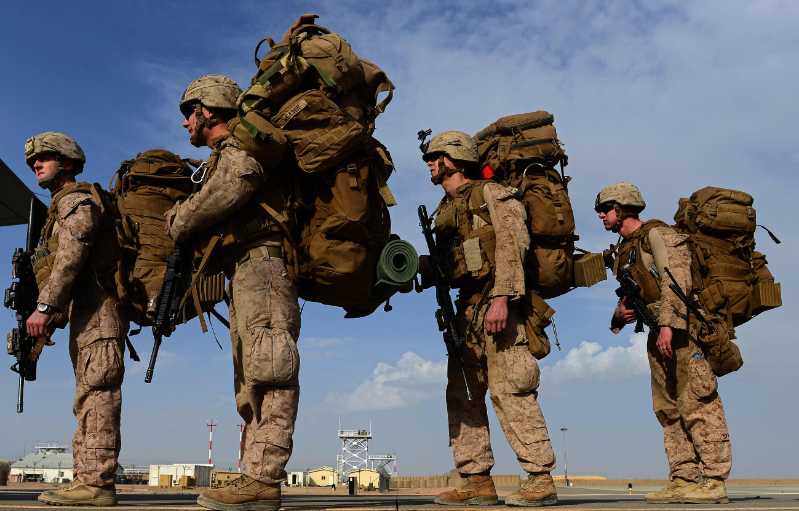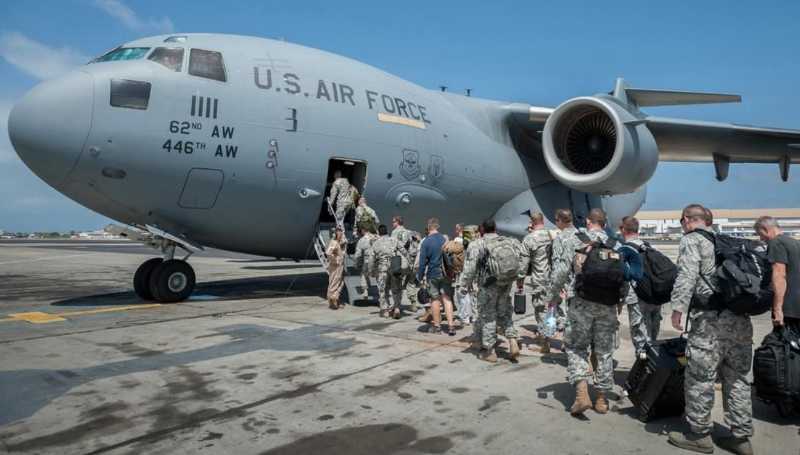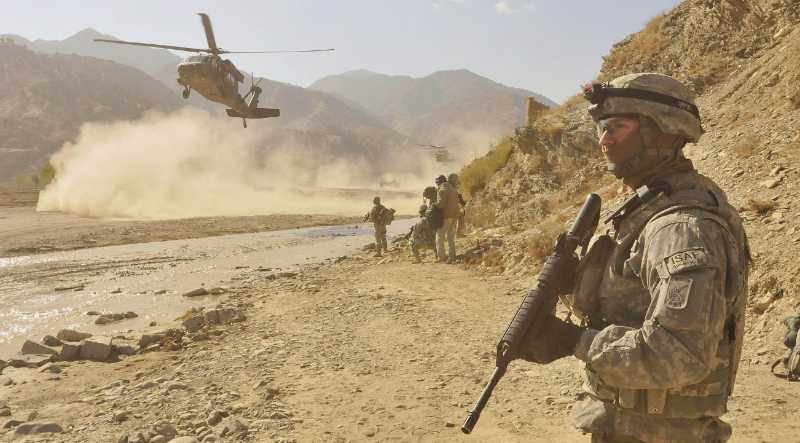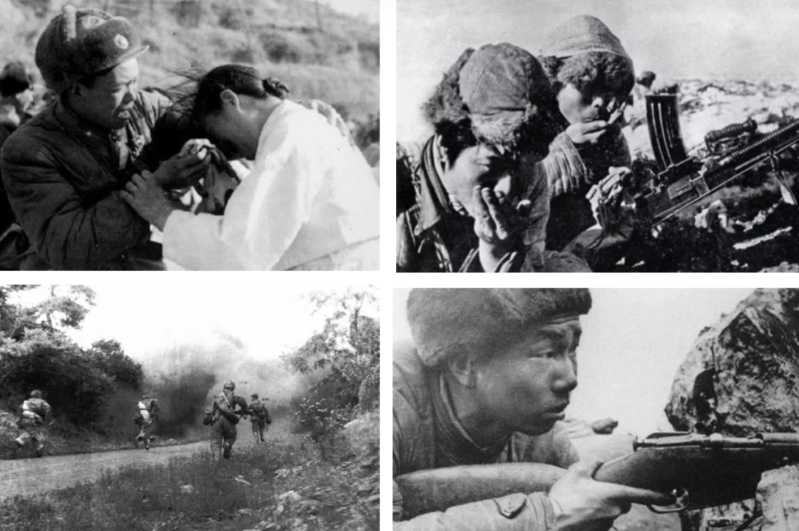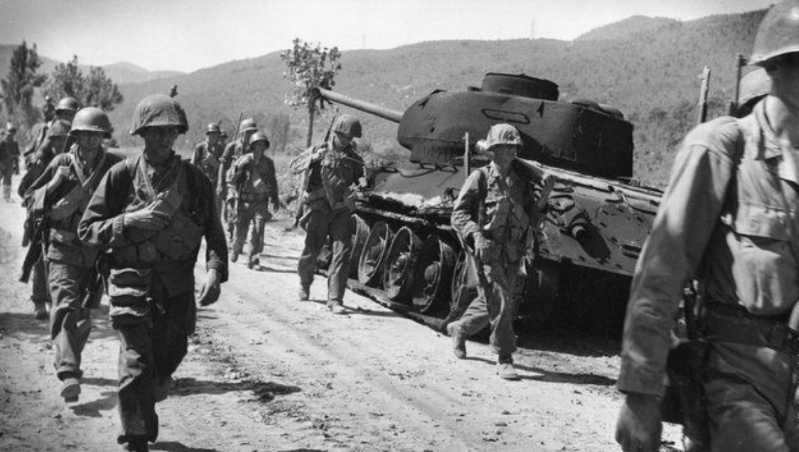Everyone is familiar with the National People’s Condolences to the PLA Medal issued in 1954. However, in what context and what kind of activities was it issued? What kind of story happened in it? What kind of status and significance does it have? All of this, let me slowly tell you...
Historical background
On February 5, 1954, the Standing Committee of the National Committee of the Chinese People’s Political Consultative Conference and the Standing Committee of the Chinese People’s Association for Resisting U.S. Aggression and Aiding Korea held a joint enlarged meeting in Beijing. Liao Chengzhi, a member of the Standing Committee of the National People’s Congress, made a report on the significance and tasks of organizing the National People’s Condolences to the People’s Liberation Army Delegation.
The conference finally unanimously decided: In order to pay high tribute to all the brave officers and soldiers of the People’s Liberation Army, and to convey the deep concern and most sincere condolences of the Communist Party of China, the Central People’s Government, Chairman Mao and the people of all ethnic groups in the country for their heroic battles to defend world and Eastern peace and defend the great socialist motherland, it was decided to form a National People’s Condolences to the People’s Liberation Army Delegation to visit various parts of the country.
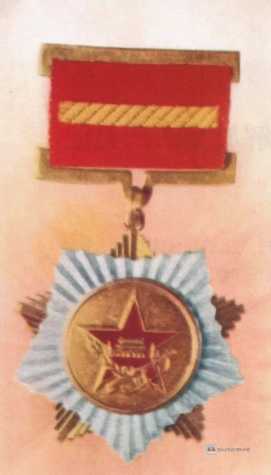

In fact, in addition to paying tribute to and thanking the People’s Liberation Army, holding this unprecedented condolence activity should also be related to the upcoming streamlining and reorganization of the entire army in 1954. After the Korean Armistice Agreement was officially signed, the Central Committee of the Communist Party of China issued an urgent instruction on August 28, 1953, requiring the military system to reorganize, streamline agencies and redundant personnel, improve the quality of the troops, and greatly reduce military expenditures. The National Military System Senior Cadres Conference held at the end of the same year discussed the organization and establishment of the PLA, determined the total number of personnel in the army, stipulated the proportion of each service, and decided to start from February 1954. The entire army will carry out a reorganization, transfer, and demobilization work.
This reorganization plan was basically completed by the end of 1955, and the entire army would demobilize and transfer more than one million people. In order to stabilize the morale of the army, it was decided to carry out a condolence activity for the entire army in advance, and commemorative medals and other consolation items would be issued.
The issuance of the condolence medals was based on the fact that the third condolence delegation to North Korea in 1953 issued a large number of Long Live Peace Medals to the Volunteer Army, and coupled with the badge culture atmosphere formed in society at that time, the higher-ups felt that it was not appropriate for the Volunteer Army to have them but the People’s Liberation Army did not. So it was decided to issue condolence medals to all the soldiers of the People’s Liberation Army during the condolence activities for the People’s Liberation Army. However, the scale of this condolence was much larger than that of the third condolence delegation to North Korea, so the organization of the activities may have started at the end of August 1953, after the central government decided to streamline and reorganize the army.
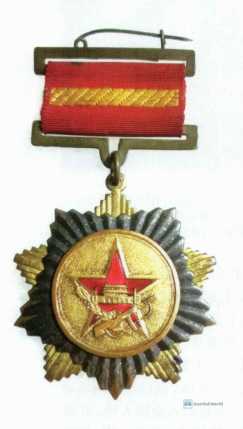
The composition and tasks of the delegation
The joint meeting elected Comrade Dong Biwu, a veteran of our party, as the head of the condolence delegation. In addition to the general delegation, the condolence delegation also has eight general sub-delegations, namely the direct general sub-delegation, the first general sub-delegation (volunteer army), the second general sub-delegation (northwest), the third general sub-delegation (southwest), the fourth general sub-delegation (east China), the fifth general sub-delegation (central south), the sixth general sub-delegation (north China and Inner Mongolia), and the seventh general sub-delegation (northeast). Each general sub-delegation also has multiple sub-delegations.
The Volunteer Army was the first general sub-delegation because the PLA and the Volunteer Army were nominally different armies at that time. Therefore, during the condolence activities, the Volunteer Army was included in the people of the whole country, and a general sub-delegation was specially organized in North Korea to return to China to participate in the condolence activities.
The condolence missions were roughly distributed as follows: the direct general sub-groups, composed of representatives from various central organs, democratic parties, people’s organizations, and representatives from North China and Beijing, visited the organs, schools, and troops stationed in Beijing under the Central People’s Government People’s Revolutionary Military Commission. The first general sub-group composed of representatives selected by the Volunteer Army followed the general group to visit troops in various places for condolences: the general sub-groups composed of the six major administrative regions and their subordinate sub-groups adopted the method of local condolences,

Responsible for condolences to the leading organs, troops, and provincial and municipal garrisons of major military regions. On February 16, 1954, at the newly built Beijing Tianqiao Grand Theater, people from all walks of life in the capital held a meeting to send off the PLA delegation. February 17 was the Lantern Festival of the lunar calendar, which was also the start date of the event that had been set long ago. Representatives of the general group and the general sub-group of the Volunteer Army set off one after another. The general group directly organized 113 representatives and eight troupes, divided into seven groups. The Volunteer Army General Division was also divided into seven routes accordingly. Together with the General Division, they went to various places to express their condolences. The large-scale condolences lasted about 20 days. The condolences to the border and coastal defense PLA were extended by one to two months due to the long distance, inconvenient transportation, scattered troop stations, and the more in-depth and detailed condolences. Xinjiang and Yunnan did not complete all the condolences until May. The condolences activities were rich and colorful, including holding seminars to exchange ideas on how to build and defend the motherland in their respective positions, various art performances, and the presentation of condolences. The condolences presented were mainly work and daily necessities. Some of the items, such as notebooks, pens, enamel pots, handkerchiefs, etc., were specially marked with words to indicate that they were made specifically for this condolences activity. Among the many condolences, the most special and conspicuous one was the National People’s Condolences to the People’s Liberation Army Medal mentioned above. Because by the end of the entire condolence activity, everyone from Commander-in-Chief Zhu to ordinary soldiers wore a golden National People’s Condolences to the People’s Liberation Army Medal on their chest.
Road, combined with the general regiment, went to various places to express condolences. The large-scale condolences lasted about 20 days. The condolences to the border and coastal defense PLA were extended by one to two months due to the long distance, inconvenient transportation, scattered troop stations, and the more in-depth and detailed condolences. Xinjiang and Yunnan did not complete all the condolences until May.
The condolences activities were rich and colorful, including holding seminars to exchange ideas on how to build and defend the motherland in their respective positions, various artistic performances, and presenting condolences. The condolences presented were mainly work and daily necessities. Some of the items, such as notebooks, pens, enamel pots, handkerchiefs, etc., were specially marked with words to indicate that they were made specifically for this condolences activity.
Among the many condolences, the most special and conspicuous one is the National People’s Condolences to the People’s Liberation Army Medal mentioned above. Because by the end of the entire condolence activity, everyone, from Commander-in-Chief Zhu to ordinary soldiers, wore a golden National People’s Condolences to the People’s Liberation Army Medal on their chest.

Meditation and version
The medal is made by a manufacturer in Beijing, with a diameter of 4.4 cm and a weight of about 26 grams. The body of the medal is a three-layer structure, made in layers, connected by rivets protruding from the back of the upper layer. The bottom layer is a brass gold-plated five-pointed star with rays on the corners. The middle layer is a white copper nearly pentagon, which also has rays, interlaced with the bottom layer, and the upper layer is a round copper-plated gold-plated red enamel. The center of the upper pattern is a red five-pointed star, with Tiananmen in the middle of the five-pointed star, and an olive branch and a submachine gun intersecting at the two corners below.
The inscription on the back of the commemorative medal is "Presented by the National People’s Delegation of the People’s Liberation Army on February 17, 1954". However, there is another version of the medal with the text on the back that reads "Presented by the National People’s Delegation of the People’s Liberation Army", that is, the word "People" is missing from "People’s Liberation Army", commonly known as the "less people version".
It is rumored that the designer or manufacturer of the commemorative medal felt that the writing was cumbersome at the time, so they reduced the word "People" and produced it. Unexpectedly, the superiors expressed their disapproval after seeing the sample seal, believing that the word "People" in "People’s Liberation Army" could not be missing, because the condolence activities were to highlight the condolences of the people of the whole country to the People’s Liberation Army and emphasize that the army and the people are one family. So the factory quickly revised the version and produced a commemorative medal with the word "People". For the principle of economy, the commemorative medal without the word "People" was not invalidated, and was distributed with the commemorative medals produced later with the condolence delegation.
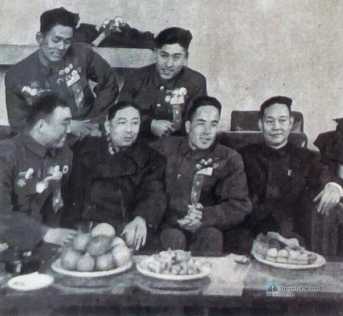
Although this statement is reasonable, it is impossible to reduce the "people" in the design or production of the commemorative medals, because the relevant personnel cannot have such power. The author believes that a more reasonable speculation is that the organizers of the condolence activities may feel that such a wording is a bit cumbersome, so for the sake of simplicity, they named the activity "National People’s Condolences to the PLA", thinking that it does not lose the original meaning, and began to do preparatory work, including starting to make commemorative medals. However, when reporting the work situation to the central government, Chairman Mao or other leading comrades thought that the name was inappropriate and that "national people" should be used to correspond to "People’s Liberation Army", so the name of the activity and the commemorative medals added the word "people".
As circumstantial evidence, the condolence manual and enamel jar among the condolence gifts also have versions without the word "people", and there are few in existence. In addition to commemorative medals, notebooks, and enamel pots, it was also found that the fountain pens in the condolence gifts also lacked the word "people". This strengthens the credibility of the speculation that these condolence gifts without the word "people" were manufactured in small quantities at the beginning of the activity preparation, rather than a work error in mass production.
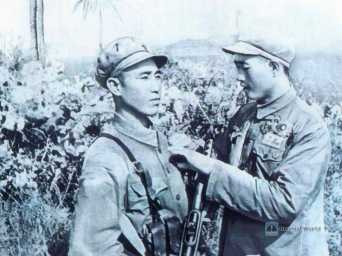
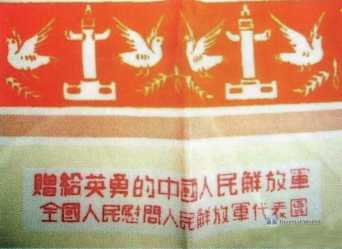
The status and significance of condolence medals
In early 1954, the PLA, including the Volunteer Army, had a total of more than 4 million people, of which the Volunteer Army had a total of about 1 million people. Roughly estimated, the number of condolence medals issued is estimated to be more than 3 million. So far, the condolence medal is a commemorative medal issued by the People’s Army in a relatively large number. The issuing agency of the condolence medal is the National Committee of the Chinese People’s Political Consultative Conference, which is at the same level as the War to Resist US Aggression and Aid Korea Medal. However, since this medal particularly highlights the status of "people of the whole country", from this perspective, its awarding level is higher than all other commemorative medals. According to previous practice, the issuance of high-level commemorative medals requires the formulation and publication of the issuance method, but no relevant information is found for the condolence medal. If it is not formulated at all, it can only be understood that although the number of awards this time is huge, the awarding objects are single and the issuance work is simple, so there is no need to formulate the issuance method.
The condolence medal is of great significance to the old soldiers who are about to retire from active service. Because unlike the main disbanding of non-main forces and the transfer of the whole system in 1952, the proportion of old soldiers who participated in the War of Liberation in this streamlining is relatively high, and most of them are demobilized personnel, and there are even many old Eighth Route Army and old Red Army. Their age and level are no longer suitable for the new development situation of the army. Demobilization and transfer are necessary. This condolence medal will be the last military commemorative medal they will receive in their lives. In addition, for new soldiers who have just joined the army, this condolence medal is equivalent to the first military medal in their lives, inspiring them to grow into the backbone of defending the country and the people.
From the issuance of the Huaihai Campaign Victory Medal by the Central Plains Military Region in 1948 to the National People’s Condolences to the People’s Liberation Army Medal, our army has issued a variety of military medals. The issuance of the Condolence Medal marks the end of a period. Among these medals, the Condolence Medal is not only the largest in number, but also has the highest status. According to the "Provisional Wearing Methods for Medals and Commemorative Medals" issued when conferring ranks and honors in 1955, the Condolence Medal should be worn after the medal and ranked first among all medals. This positioning should be the best annotation for this Condolence Medal. Q




